
Lot 39
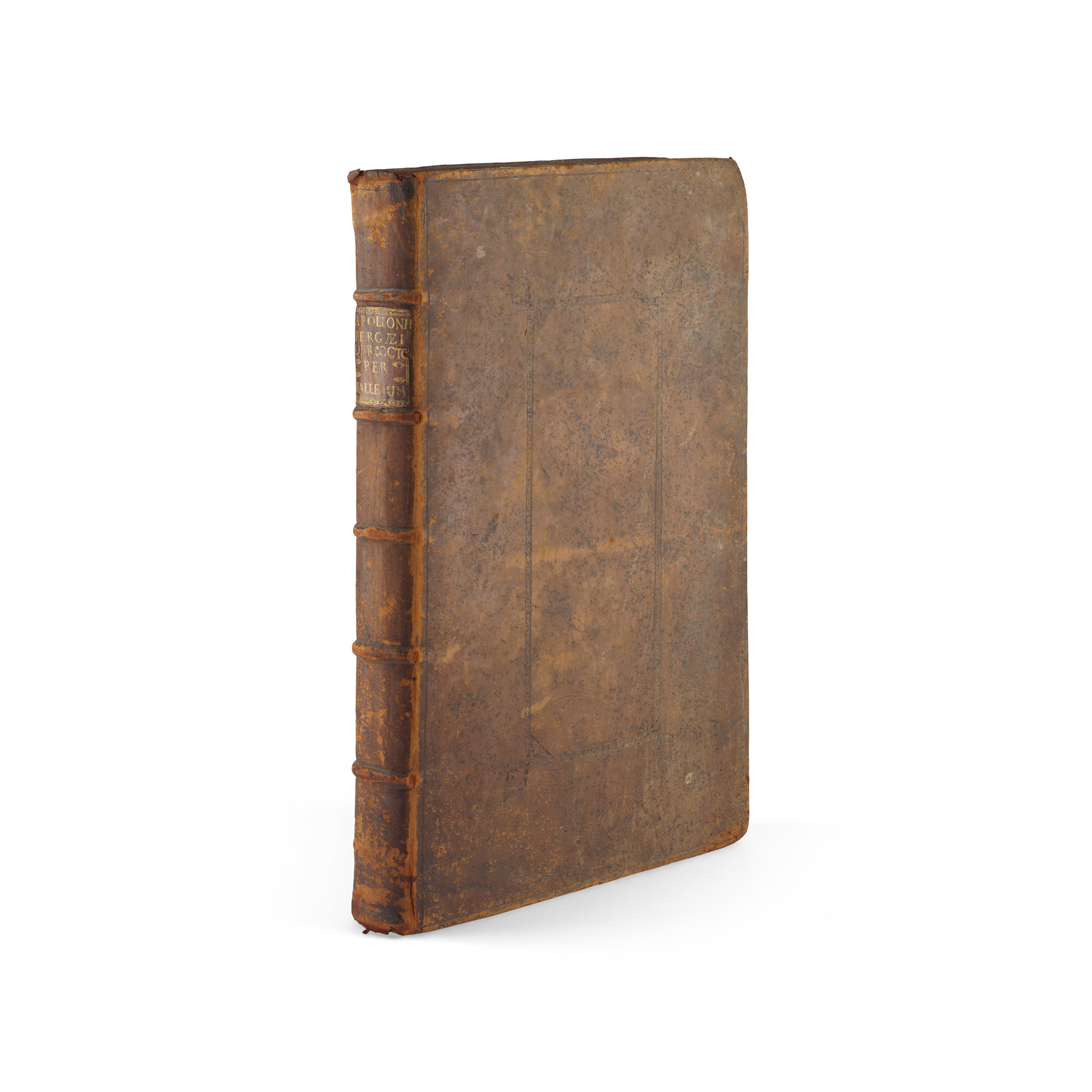
Halley, Edmond (editor) - Apollonius of Perga
Conicorum libri octo
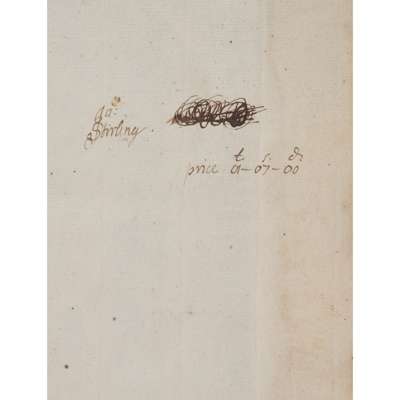
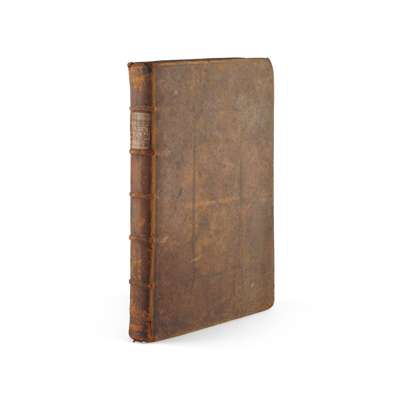
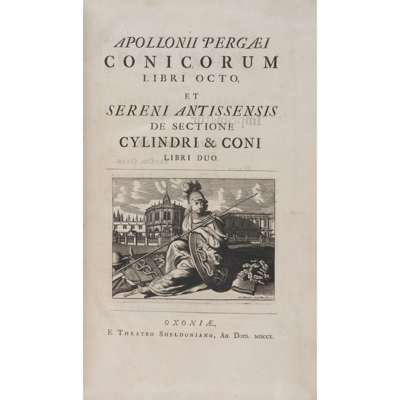
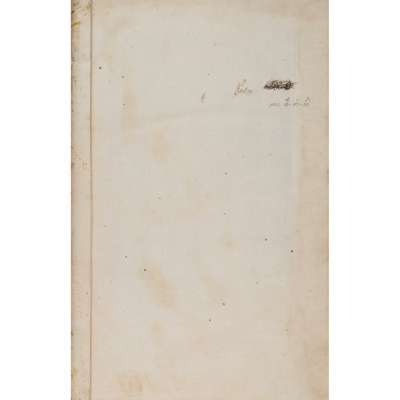


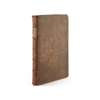
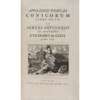
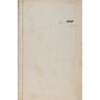
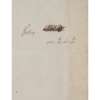
The Library of James Stirling, Mathematician
Auction: 23 October 2025 from 13:00 GMT
Description
et sereni antissensis de sectione cylindri et coni libri duo. Oxford: e Theatro Sheldoniano, 1710. Folio (40 x 24.9cm), contemporary mottled calf, decorative blind panels to sides, [10] 250 [10] 171 [5] 88 pp., engraved frontispiece and title-page vignette by M. Burghers, books 1-4 of Apollonius and all of Serenus printed with Greek and Latin text in parallel columns, Arabic types used in preface to books 5-7 of Apollonius, profusely illustrated with diagrams throughout the text [ESTC T133191]
Footnote
First complete edition of Conics, one of 400 copies, this copy with James Stirling's ownership inscription ('Ja. Stirling') and note of price paid (£1s7d0) to the front free endpaper, and generous margins befitting an acknowledged monument of scientific printing in 18th-century Oxford, a work 'beyond praise alike in respect of its design and execution’ (T. L. Heath, cited after Carter, A History of the Oxford University Press, 1975, vol. 1, p. 243).
Stirling arrived in Oxford late in 1710, matriculating in January 1711 as a non-juror. After the Jacobite Rebellion of 1715 he wrote a begging letter to his father requesting a loan of £5 on account of the Bishop of Rochester's having ‘[vented] his wrath on my countrymen and me in stopping the paying of our Exhibitions’ (Tweedie, James Stirling, a Sketch of his Life and Works, 1922, p. 6). His acquisition of this copy, for the considerable sum of £1s7, may therefore date from a later, more prosperous period, or was perhaps a predictably extravagant purchase by a new undergraduate hungry for knowledge. The work sold quickly, and when the Delegates of the press decided to sell off the remaining stock in 1712, only 95 copies remained in the warehouse.
'The original text of Conics was in eight books. A Greek text (edited from the original of Apollonius) survives for only the first four books, and an Arabic version of books 5 to 7 is preserved in manuscript in the Bodleian Library and elsewhere. The eighth book is entirely lost but there are references to it in Greek and Islamic texts. Halley edited the Greek and Arabic texts, revised the translations into Latin, and printed his edition of the Greek opposite his Latin translation for the first four books, and his Latin alone for books 5 to 7. He also printed a Latin version of the eighth book that he had recovered from allusions by Greek and Islamic commentators. Although other manuscripts, Greek and Arabic, have since turned up, Halley's edition has stood the test of time and is still highly regarded' (ODNB).









